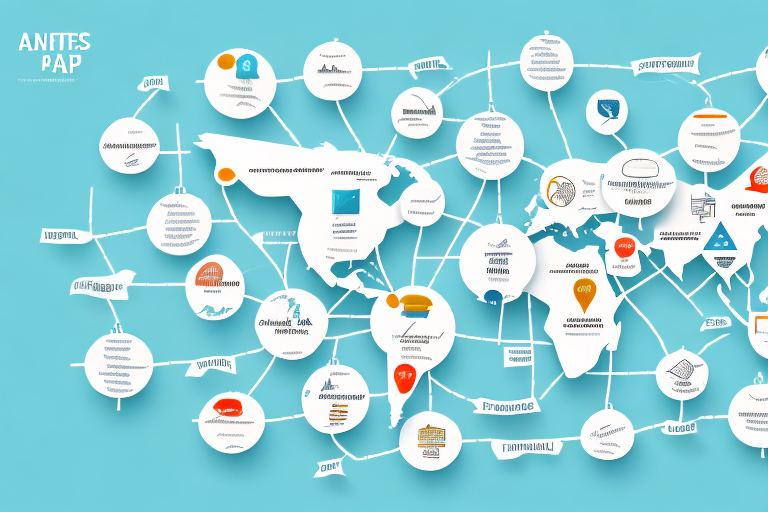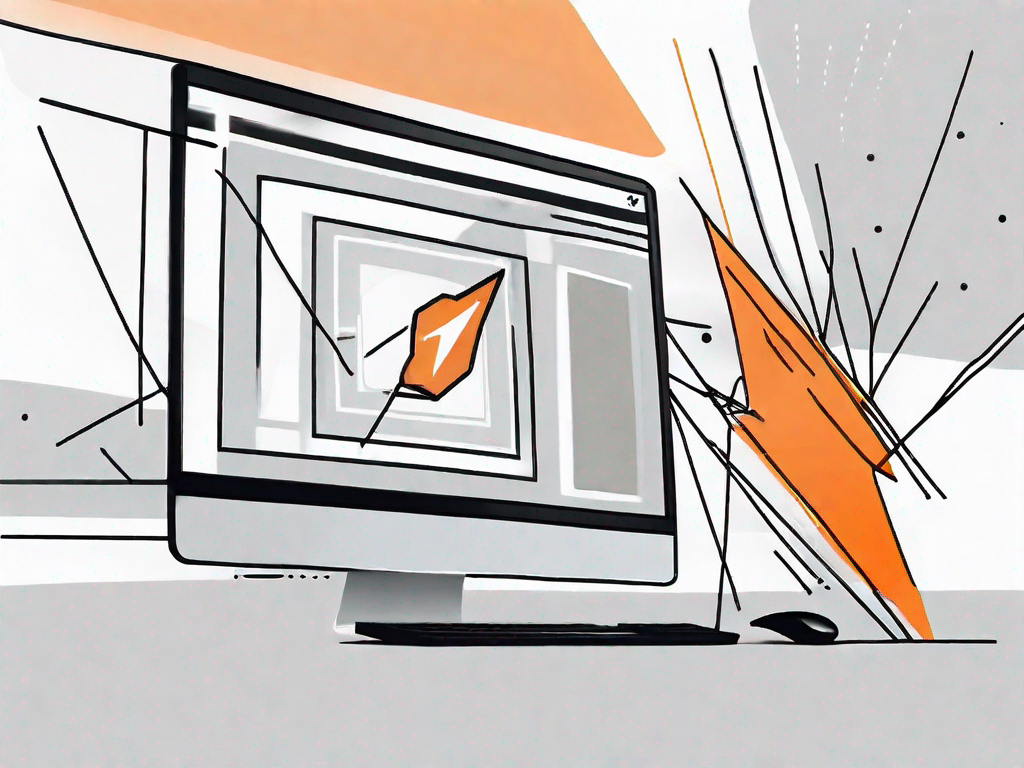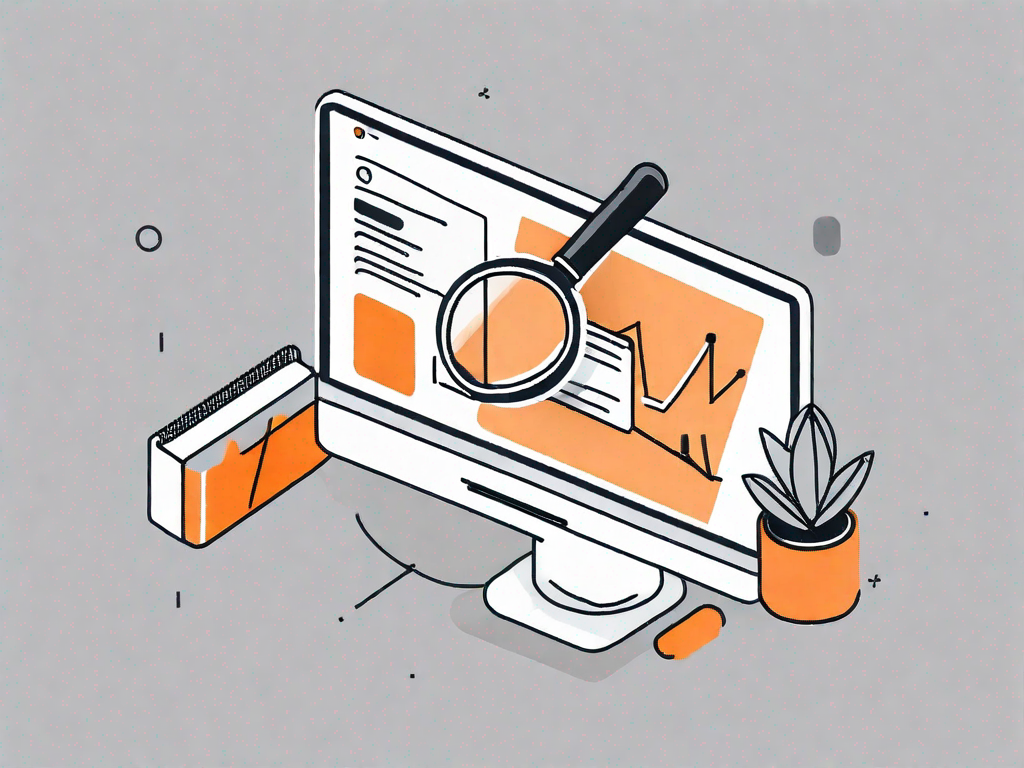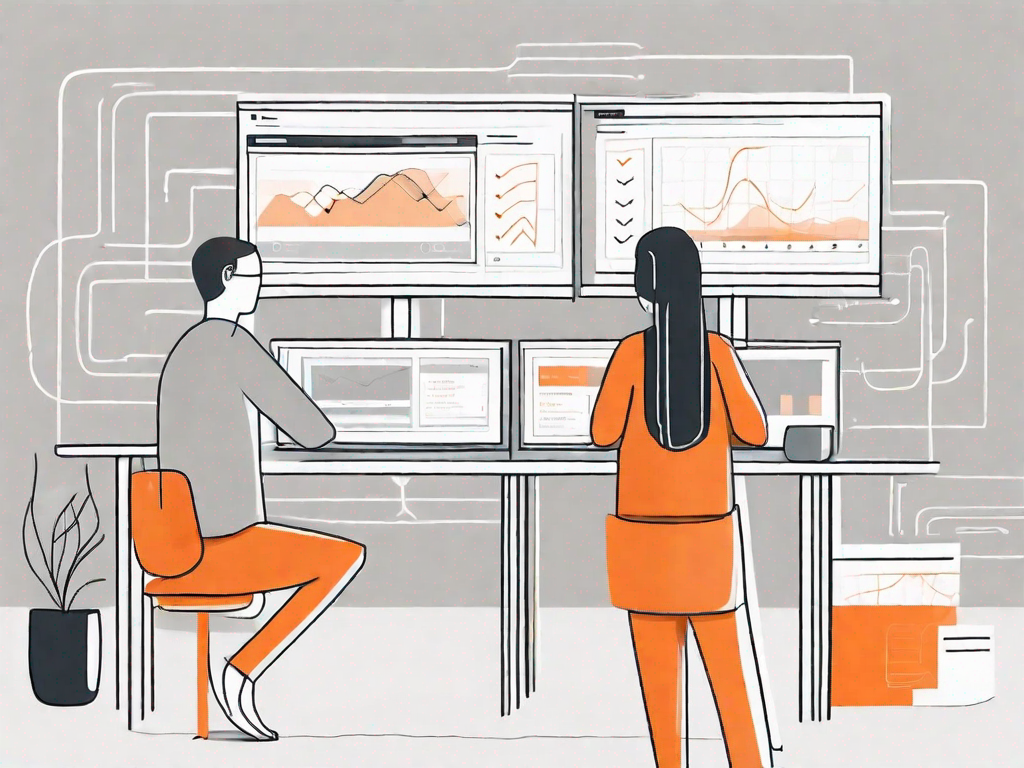.svg)
Understanding the Buyer's Journey: Mapping Content to User Stages
.svg)

In today's digital age, understanding the buyer's journey is essential for successful marketing campaigns. By mapping content to different stages of the buyer's journey, businesses can effectively engage with their target audience and increase conversion rates. In this article, we will explore the importance of understanding the buyer's journey and how to tailor content to each stage for maximum impact.
1. Introduction to the Buyer's Journey
Before diving into the various stages of the buyer's journey, it's important to define what exactly it is. The buyer's journey is the process a potential customer goes through before making a purchase decision. It involves three key stages: awareness, consideration, and decision.
The buyer's journey is not a linear process but rather a dynamic and evolving experience. It is influenced by various factors such as personal preferences, external influences, and changing market trends. Understanding the buyer's journey is like unlocking the secret code to successful marketing.
Defining the Buyer's Journey
The awareness stage is the first step in the buyer's journey, where consumers become aware of a problem or need they have. It is the moment when a light bulb flickers in their minds, signaling the recognition of a gap that needs to be filled. This stage can be triggered by numerous factors, such as an advertisement, a recommendation from a friend, or even a random thought that pops up while sipping a cup of coffee.
Once the potential customer has identified their need, they move on to the consideration stage. This is where the real fun begins. They start exploring different options and solutions, like an adventurer embarking on a quest for the Holy Grail. They meticulously research, compare, and analyze various products or services, weighing the pros and cons, and envisioning how each option could potentially solve their problem.
Finally, in the decision stage, the buyer's mind reaches a tipping point. After careful evaluation, they make a choice. It's like standing at a crossroads and choosing which path to take. This is the moment when the buyer decides on a specific product or service and makes a purchase. It's a thrilling climax to the buyer's journey, filled with a mix of excitement, relief, and anticipation.
Importance of Understanding the Buyer's Journey
Understanding the buyer's journey is crucial for businesses as it allows them to align their marketing efforts with the specific needs and concerns of potential customers at each stage. It's like having a compass that points in the direction of success.
By delivering relevant content, businesses can build trust and establish themselves as industry experts. Imagine a customer stumbling upon a blog post that perfectly addresses their pain points during the awareness stage. They would feel an instant connection, as if the author had read their mind. This connection creates a bond, a sense of reliability, and ultimately, a higher chance of conversion.
Furthermore, understanding the buyer's journey enables businesses to anticipate and address potential roadblocks or objections that may arise during the consideration stage. By providing valuable insights and addressing concerns head-on, businesses can actively guide buyers towards making a purchase decision. It's like being a trusted advisor, holding their hand and leading them through the maze of choices.
In conclusion, the buyer's journey is a fascinating expedition that potential customers embark upon before making a purchase decision. It is a multi-dimensional experience that requires businesses to be proactive, empathetic, and strategic. By understanding the buyer's journey and tailoring their marketing efforts accordingly, businesses can pave the way to success and create lasting relationships with their customers.
The Stages of the Buyer's Journey
Now that we have a clear understanding of the buyer's journey, let's delve into each stage in more detail.
The buyer's journey is a process that potential customers go through when making a purchasing decision. It consists of several stages, each with its own unique characteristics and objectives. By understanding these stages, businesses can tailor their marketing strategies to effectively engage and convert potential customers.
Awareness Stage
The awareness stage is the point where a potential customer becomes aware of a problem or need they have. It is the starting point of the buyer's journey and plays a crucial role in shaping the customer's decision-making process.
During the awareness stage, buyers may experience various triggers that prompt them to seek a solution. These triggers can be internal, such as a personal realization, or external, such as an advertisement or recommendation from a friend.
At this stage, it is essential to educate the buyer about their pain points and provide valuable information that helps them understand the problem better. By offering educational content, businesses can position themselves as thought leaders and build trust with potential customers.
Characteristics of the Awareness Stage
During the awareness stage, buyers are still researching and learning about their problem. They are looking for educational content that addresses their pain points and provides potential solutions. At this stage, buyers are unlikely to be ready to make a purchase decision.
Buyers in the awareness stage may be actively searching for information online, reading articles, blog posts, and watching videos related to their problem. They are seeking knowledge and insights that can help them navigate their way towards a solution.
Key Objectives in the Awareness Stage
When creating content for the awareness stage, the key objectives are to create brand awareness, establish credibility, and capture the attention of potential customers. Blog posts and articles that offer valuable insights, infographics, and visual content that simplifies complex topics are effective ways to engage with buyers in this stage.
Businesses should focus on providing informative and educational content that addresses the pain points of potential customers. By offering valuable insights and solutions, businesses can position themselves as trusted advisors and build a foundation for future engagement.
Consideration Stage
Once the buyer has recognized their problem, they move into the consideration stage. During this stage, potential customers are actively evaluating different solutions to address their needs and are considering various options.
In the consideration stage, buyers are no longer just seeking information, but actively comparing and evaluating different options. They are looking for specific details and features that align with their needs and preferences.
Characteristics of the Consideration Stage
In the consideration stage, buyers are conducting thorough research and comparing different solutions. They are looking for content that provides in-depth information about the available options and how each solution can address their specific needs.
Buyers in the consideration stage may be reading reviews, seeking recommendations from peers, and exploring case studies to gain a deeper understanding of how different solutions have helped others in similar situations. They are looking for evidence and proof that a particular product or service can deliver the desired results.
Key Objectives in the Consideration Stage
To effectively engage buyers in the consideration stage, businesses need to provide case studies, whitepapers, and other detailed content that showcases the benefits and features of their products or services. Webinars and video content highlighting how their solution stands out from the competition can also be effective at this stage.
Businesses should focus on demonstrating the unique value proposition of their offerings and how they can solve the specific pain points of potential customers. By providing detailed and informative content, businesses can build trust and differentiate themselves from competitors.
Decision Stage
After considering the available options, the buyer reaches the decision stage. This is the point where they are ready to make a final purchase decision and choose a specific product or service.
In the decision stage, buyers have narrowed down their choices and are now focused on finalizing their decision. They may have a shortlist of options and are seeking reassurance that they are making the right choice.
Characteristics of the Decision Stage
Buyers in the decision stage are focused on finalizing their choices and seeking reassurance that they are making the right decision. They may be comparing pricing, reading reviews, and looking for demonstrations or trials before committing to a purchase.
Buyers in the decision stage may seek validation from others, such as seeking recommendations from friends or colleagues, or reading testimonials and reviews from previous customers. They want to ensure that their final decision aligns with their needs and expectations.
Key Objectives in the Decision Stage
At the decision stage, businesses should provide content that helps buyers make the final decision. This can include product demos, free trials, testimonials, and reviews that showcase the benefits and positive experiences of previous customers.
Businesses should focus on providing tangible evidence of the value and benefits their offerings can deliver. By offering trials or demos, businesses can allow potential customers to experience their products or services firsthand, increasing their confidence in making the final purchase decision.
Mapping Content to the Buyer's Journey
Now that we have explored the different stages of the buyer's journey, it's time to align our content strategy with each stage for maximum impact.
Content Types for the Awareness Stage
During the awareness stage, buyers are seeking educational content that addresses their pain points and helps them gain a better understanding of the problem at hand.
Blog Posts and Articles
Creating engaging blog posts and articles that provide valuable insights and useful information is an effective way to capture the attention of potential customers in the awareness stage. By addressing their pain points and offering relevant solutions, businesses can establish themselves as industry experts and build trust with their target audience.
Infographics and Visual Content
Infographics and visual content are excellent tools for simplifying complex information and making it easier for potential customers to grasp. By presenting data and statistics in a visually appealing format, businesses can effectively communicate their message and capture the attention of buyers in the awareness stage.
Content Types for the Consideration Stage
During the consideration stage, buyers are actively evaluating different solutions and comparing alternatives. Providing in-depth information about the available options is essential to engage with potential customers at this stage.
Case Studies and Whitepapers
Case studies and whitepapers provide detailed insights into how a product or service has solved problems for previous customers. By showcasing real-life examples and success stories, businesses can demonstrate the effectiveness of their solutions and build trust with potential buyers in the consideration stage.
Webinars and Video Content
The consideration stage is an excellent opportunity for businesses to host webinars or create video content that highlights the unique features and benefits of their products or services. By presenting information in an interactive and engaging format, businesses can capture the attention of potential customers and showcase their expertise.
Content Types for the Decision Stage
When buyers reach the decision stage, businesses need to provide content that helps them make the final purchase decision. This includes supporting material that reassures buyers that they are making the right choice.
Product Demos and Trials
Offering product demos or free trials allows potential customers to experience the product or service firsthand. By showcasing the value and functionality of their offerings, businesses can help buyers make an informed decision and increase the likelihood of a purchase.
Testimonials and Reviews
Displaying testimonials and reviews from satisfied customers can play a significant role in the decision stage. Positive feedback and experiences from previous buyers can provide reassurance and build trust in the product or service, ultimately influencing the final purchase decision.
In conclusion, understanding the buyer's journey and mapping content to each stage is crucial for successful marketing campaigns. By delivering relevant and targeted content, businesses can engage with potential customers, establish credibility, and guide them towards making a purchase decision. By aligning content with the specific needs and concerns of buyers at each stage, businesses can increase conversion rates and achieve long-term success in their marketing efforts.
Let's
Let’s discuss how we can bring reinvigorated value and purpose to your brand.







.svg)